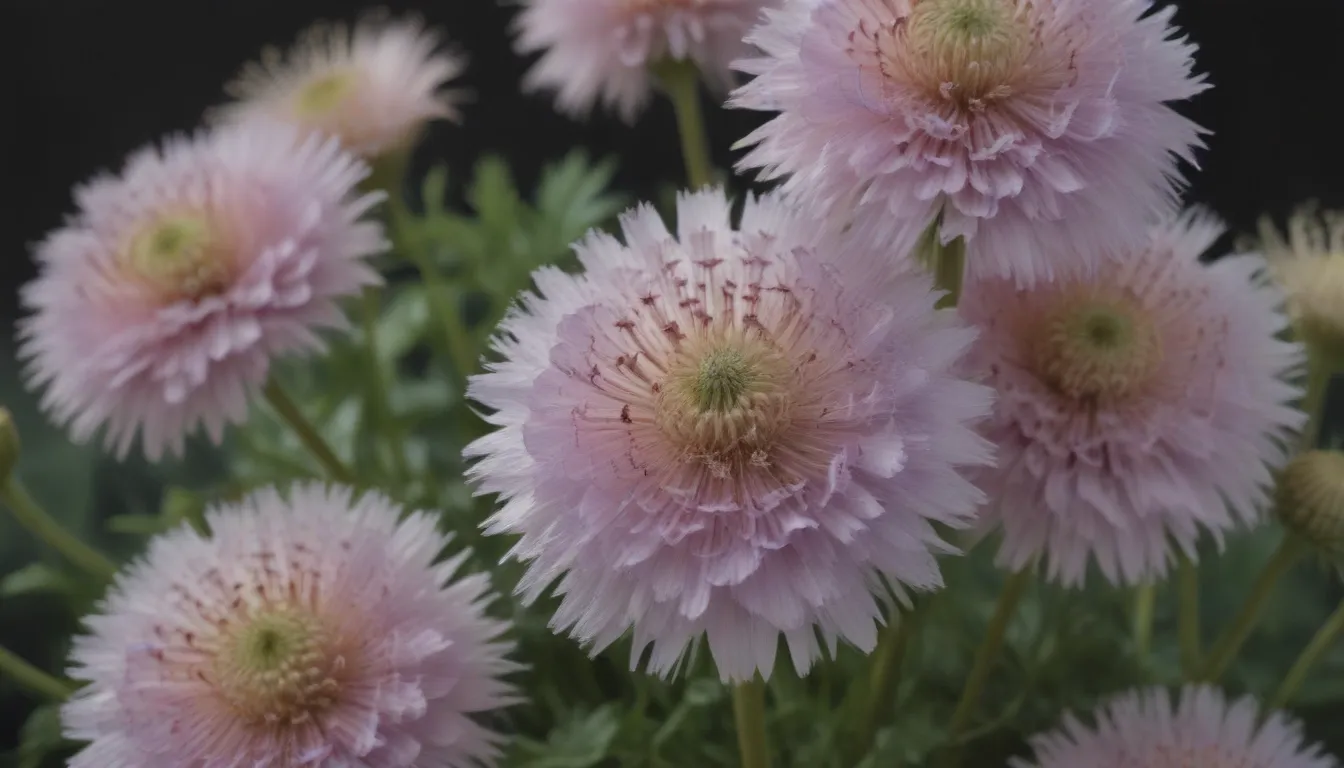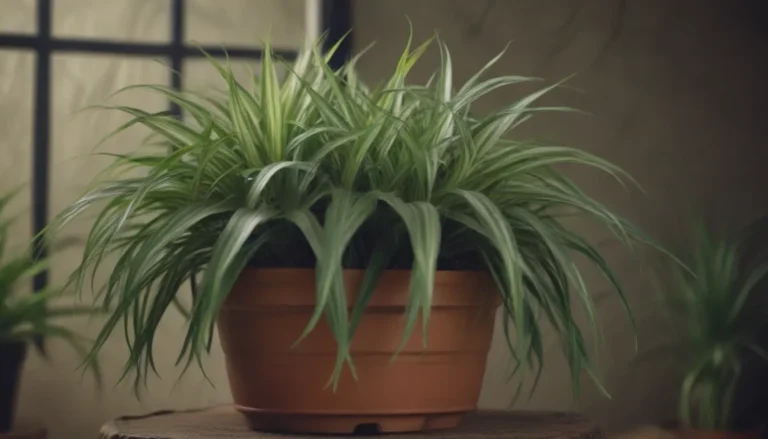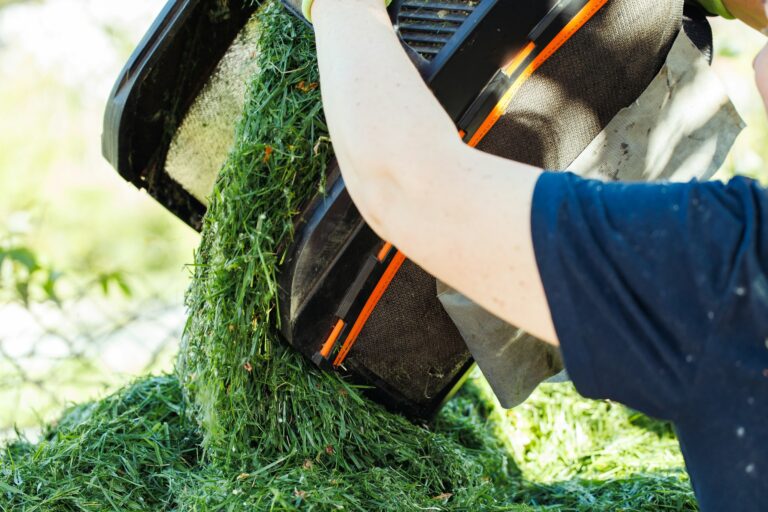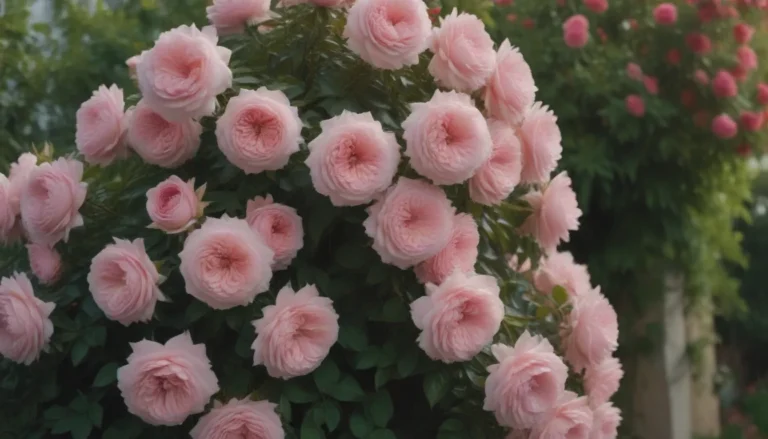Ultimate Guide on How to Grow and Care for Scabiosa (Pincushion Flower)

Welcome to the ultimate guide on everything you need to know about growing and caring for Scabiosa, also known as pincushion flowers! These beautiful and easy-to-grow perennial flowers come in a variety of hues, boasting button-like shapes with petals that dance in the breeze. If you want to add a touch of charm to your garden, Scabiosa is the perfect choice. In this comprehensive guide, we’ll cover all the basics of Scabiosa care, from sunlight requirements to soil preferences and everything in between. Let’s dive in and learn how to cultivate these delightful blooms in your own backyard.
Understanding Scabiosa Care
When it comes to growing Scabiosa successfully, there are a few key factors to keep in mind. These flowers are relatively low-maintenance, but they do have specific requirements that you’ll need to meet in order to ensure they thrive. Below, you’ll find a breakdown of the essential care guidelines for Scabiosa:
Light
- Plant your Scabiosa in a location that receives six to eight hours of sunlight per day.
- While full sun is ideal, some partial afternoon shade can be beneficial, especially in hot climates.
- Avoid planting Scabiosa in shady spots, as they require ample sunlight to flourish.
Soil
- Scabiosa plants prefer soil that is moist but well-draining.
- Avoid heavy or boggy soil, as this can lead to root rot and other issues.
- Consider growing Scabiosa in raised beds if your soil is not well-draining.
Water
- Provide your Scabiosa flowers with at least an inch of water weekly while they are young and establishing their root systems.
- Adjust your watering schedule based on the weather, as hotter temperatures may require more frequent watering.
- Be mindful of overwatering, as this can lead to root rot and other problems.
Temperature and Humidity
- Scabiosa blooms thrive in moderate temperatures during spring, early summer, and early fall.
- Avoid planting Scabiosa in hot or humid conditions, as they prefer cooler climates.
- Consider planting them in partially shady areas to help them withstand peak summer heat.
Fertilizer
- While Scabiosa are light feeders and can thrive without fertilizer, you can use a balanced flower fertilizer bi-monthly during their growing season for an extra boost.
- Be cautious not to over-fertilize, as this can lead to excessive foliage growth at the expense of blooms.
Types of Scabiosa
Scabiosa plants come in a variety of colors and appearances, making them a versatile addition to any garden. Some popular varieties include:
– ‘Black Knight’
– ‘Butterfly Blue’
– ‘Fama White’
– ‘Pink Mist’
Propagating Scabiosa
You can propagate Scabiosa plants through division every two to three years to control growth and promote healthy blooming. Here’s how you can propagate Scabiosa:
1. Divide the plant every two to three years to keep growth in check.
2. Separate healthy sections of the plant with roots attached.
3. Replant the divisions in well-draining soil and water thoroughly.
Growing Scabiosa From Seed
Scabiosa can also be grown from seeds both indoors and outdoors. Follow these steps to grow Scabiosa from seed:
1. Start seeds indoors in early spring or sow them directly in the garden after the last frost.
2. Keep the soil moist but not waterlogged, and provide ample sunlight for germination.
3. Thin out seedlings as needed to give them room to grow and thrive.
Potting and Repotting Scabiosa
If you choose to grow Scabiosa in pots, follow these guidelines for potting and repotting:
– Use a large pot, around 12 inches in diameter, with ample drainage holes.
– Fill the pot with a quality potting mix and water regularly, being cautious not to overwater.
– Stake the plants if they begin to flop to provide support and maintain upright growth.
Common Pests & Plant Diseases
While Scabiosa are relatively resistant to pests and diseases, they can still be susceptible to certain issues. Keep an eye out for common pests such as aphids, slugs, spider mites, and thrips, and treat accordingly with mild insecticides or natural solutions like neem oil. To prevent fungal diseases, plant Scabiosa in well-draining soil and avoid overwatering.
How to Encourage More Blooms
To encourage abundant blooms on your Scabiosa plants, follow these tips:
– Ensure your plants receive ample sunlight, as insufficient light can lead to reduced blooming.
– Avoid over-fertilizing, as excessive nitrogen can hinder flower production.
– Deadhead flowers regularly to promote new growth and extend the blooming period.
Common Issues With Scabiosa
While Scabiosa are generally easy to care for, they can experience certain issues that may impact their growth and blooming. Here are some common problems to watch out for:
– Stems that flop may require staking to keep them upright.
– If your Scabiosa are not blooming, they may need more sunlight and less fertilizer.
– In some cases, Scabiosa may not return the following year, particularly in cooler climates where they may act as annuals.
In conclusion, Scabiosa pincushion flowers are a delightful addition to any garden, offering beauty and charm with minimal maintenance. By following the guidelines outlined in this comprehensive guide, you can successfully grow and care for Scabiosa in your own backyard. Remember to provide ample sunlight, well-draining soil, and regular watering to keep your Scabiosa plants happy and healthy. Whether you’re a novice gardener or a seasoned plant enthusiast, Scabiosa are sure to bring joy and color to your outdoor space. Happy gardening!





